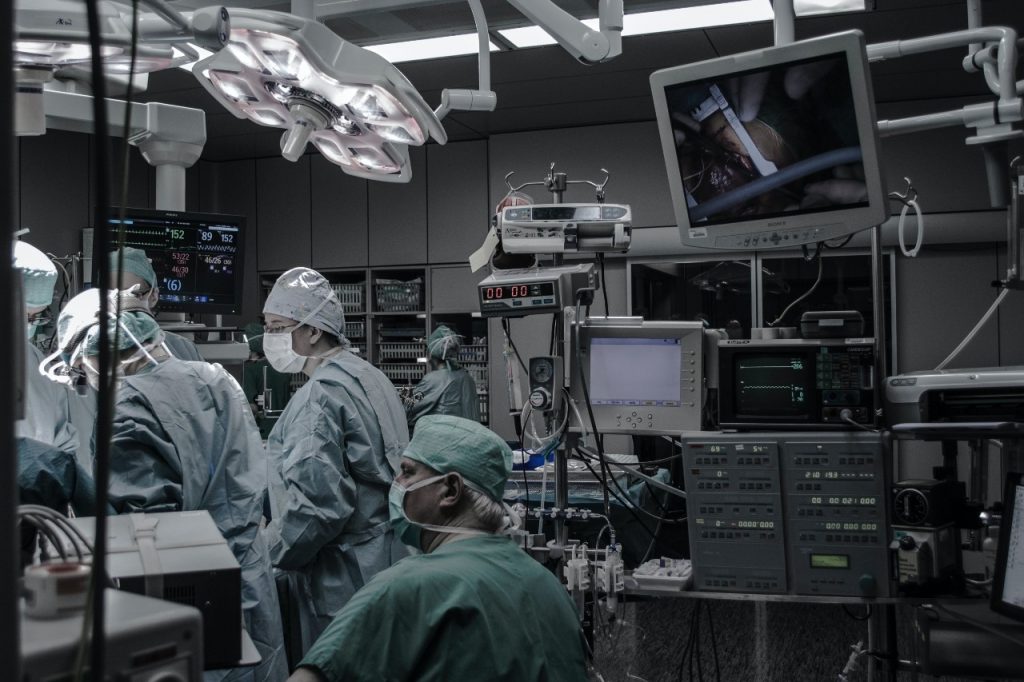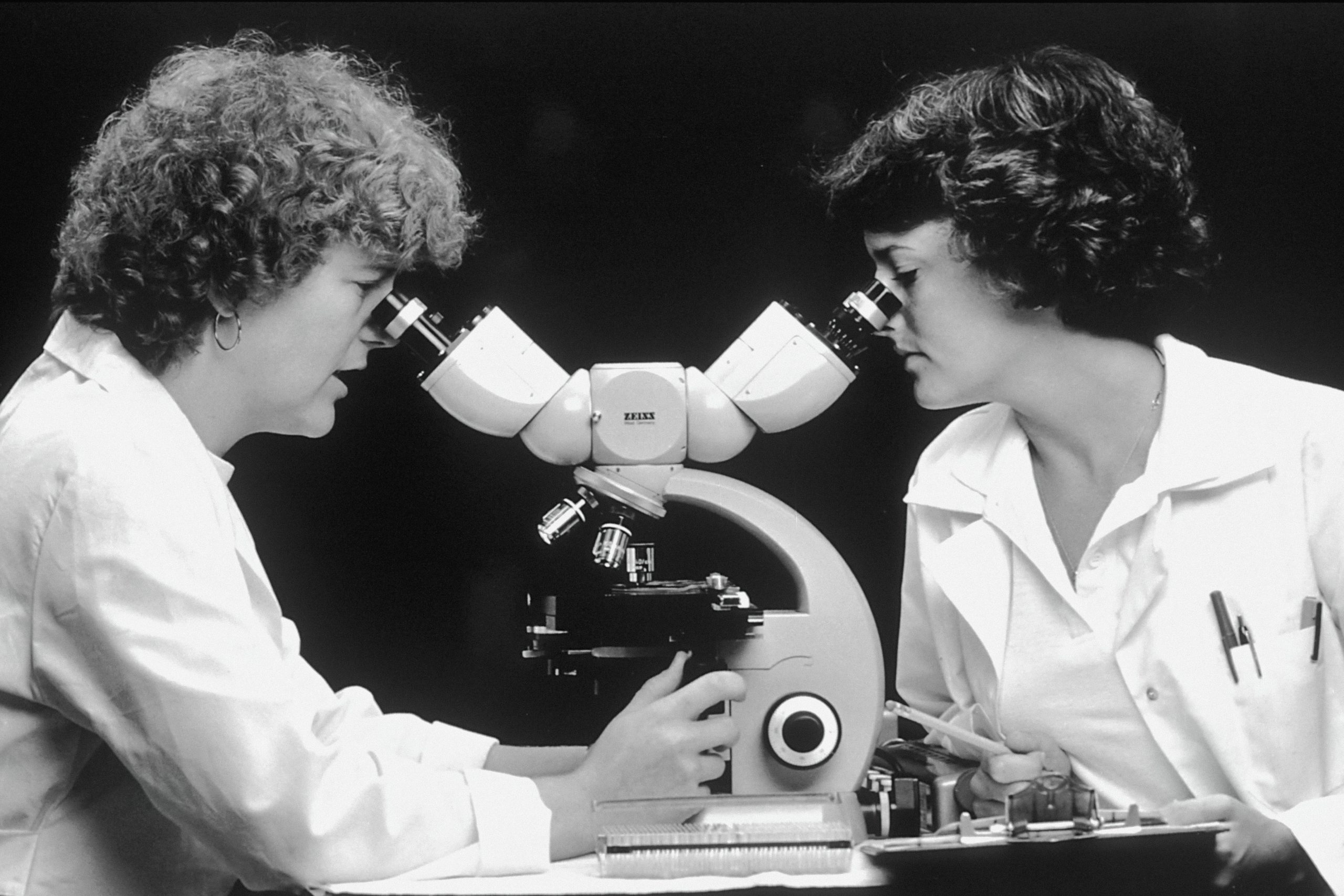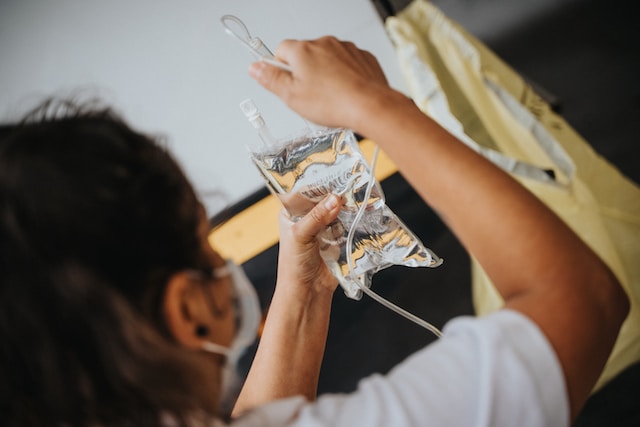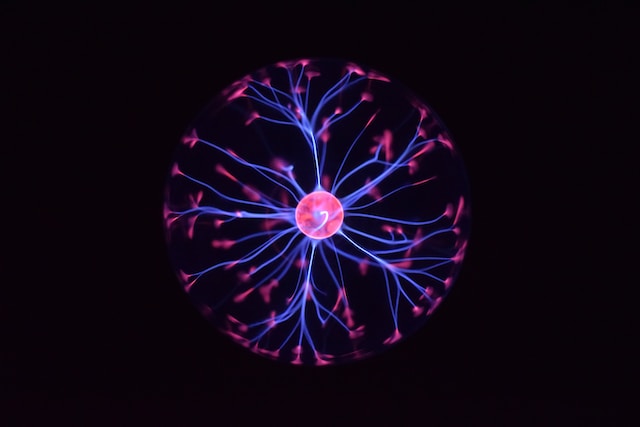Although there are around 500 people currently under cryopreservation, it is yet to receive unconditional acceptance from a lot of communities, including science. Interestingly, however, the cryopreservation procedure itself is rooted in science from the preliminary step all the way to the cryonics patient’s long-term storage, and beyond Each step on the way to being cryopreserved has to be accurately taken to give the patient the best chance at a potential reanimation. In this spirit, this article largely focuses on the scientific nitty-gritty of human cryopreservation.
Preliminary steps
Cryonics procedures can only be initiated after the pronouncement of legal death. As a general practice, cryonics organisations deploy a standby team to the patient’s bedside when their legal death is anticipated. This cryonics team should be cognizant of the ischemic factor involved. Ischemia refers to the degradation and death of cells due to a lack of requisite oxygen.
Since the main motivation behind human cryopreservation is a distant possibility of revival, which is subject to many contingencies, it is important for ischemic injury to be kept as minimal as possible. Moreover, the chances for revival in the future can be further complicated if the neurons are subjected to ischemia, as the brain is the most functional aspect of any cryopreservation.

Prevention of ischemic injury due to the cessation of cardiac activity is achieved by administering manual cardiopulmonary support to restore blood circulation and respiration. It is coupled with the administration of certain medications like propofol, to protect against the degeneration of neural cells, and heparin to prevent the clotting of blood. Certain cryonics organisations, like the Shandong Yinfeng Life Science Research Institute, employ the extracorporeal membrane oxygenation (ECMO) procedure as a part of their cryopreservation process. An ECMO machine is used to take out the deoxygenated blood from the patient’s body and run it through a filter to remove carbon dioxide and other toxins, cool it, and circulate it back into the body. Essentially, an ECMO machine performs the functions of the heart and lungs once they have stopped functioning. In the face of ischemia, the integration of ECMO procedure with cryopreservation can further enhance its quality.
Parallelly, the cryonics patient is placed in a portable ice bath before being moved to the site of cryopreservation. Further steps leading to the patient’s cryopreservation can either be performed on the field (this is normally done in a funeral home), or at the site of cryopreservation. The latter is possible if the patient has relocated to a home/hospice location near the cryonics organisation where they have signed up to be cryopreserved.
Cryoprotection
While it is largely known that cryopreservation involves a significant amount of freezing, it should also be understood that this is not a crude process of freezing the body. The human body is largely made up of water, and if frozen, ice crystals will form and damage the tissues and cells. Cryonicists answer this problem by suspending the tissues and cells in a glass-like state, known as “vitrification”.
The first step towards vitrification is to replace the blood, and as much water as possible, that is present in a patient’s body with cryoprotective solutions. A perfusion system allows for the substitution of blood with cryoprotective agents, which are also called vitrification agents. These cryoprotectants are generally compositions of various chemicals which can prevent the freezing of water inside the cells. The concentration of cryoprotectants is inversely proportional to the chances of freezing, i.e., the higher the concentration, the lower the chances of cells freezing. This however presents the issue of increased toxicity as a result of such high concentrations. The M22 cryoprotective agent, which is a composition of chemicals including dimethyl sulfoxide, formamide, ethylene glycol, 3-methoxy-1,2-propanediol, is reportedly less toxic when compared to its counterparts such as glycerol, B2C (which is a composition of DMSO, formamide, ethylene glycol, polyvinyl pyrrolidone K12, polyvinyl pyrrolidone K30 and ice blockers)

Ordinarily, when the human tissue is cooled down, the water molecules surrounding it ordinarily freeze. The ice crystals which are formed outside the cell walls squeeze the cells, and damage them, leading to cellular degradation. Through perfusion, the cryoprotective agent introduced into the body’s circulatory stream will prevent the water molecules from freezing. Instead, they are locked in place, i.e., “vitrified”. The cells and tissues are in a situation similar to that of a crystalline candy which is brought about by slow cooling of sucrose. The cells’ rate of metabolic activity is also slowed down, putting them in a glass-like state. This negates the requirement for oxygen and further abates the risk of ischemia.
Care of liquid nitrogen
The cryonics patient is ultimately placed in a container filled with liquid nitrogen. The boiling point of liquid nitrogen is -196 degrees Celcius and it is used as a common coolant. Nitrogen being the most abundant element in the earth’s atmosphere, the use of liquid nitrogen is in-line with the indefinite cryopreservation requirement for cryonics patients. To facilitate this, the patient’s body is required to be sufficiently cooled down before they are placed in the dewar containing liquid nitrogen.
After the completion of the preliminary cryonics procedures, perfusion, and the vitrification of tissues, a cryonics patient will be further cooled down before being placed into a dewar filled with liquid nitrogen for long-term storage and preservation. This final cool down is carried out in two stages: first, the temperature is drastically reduced to -110 degrees Celcius, and then is gradually decreased at a rate of -1 degree Celsius per hour until the patient reaches liquid nitrogen temperature, i.e., -196 degrees Celsius.
To cater to the patient’s long-term and, at present, indefinite preservation at that temperature, they are placed in specialised cryogenic storage dewars. A single dewar can typically house 4 full-body cryonics patients, with a column in the center for patients opting for neuropreservation. While liquid nitrogen has to be periodically replenished, it is relatively inexpensive to be used for such long-term storage and is not dependent on electricity. While liquid nitrogen has to be periodically replenished, it is relatively inexpensive to be used for such long-term storage and is not dependent on electricity.

Need to be meticulous
It is evident from the above that the process of cryopreservation is much more than freezing a person after their death. Due to the weight of the end goal of cryopreservation, much importance is given to the preservation of the structure and restoration of the physiology of the organs. According to cryonicists, adhering to this should result in the restoration of the organs’ function.














